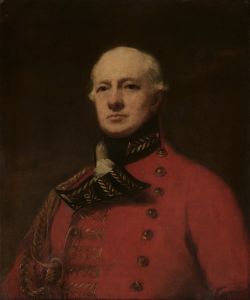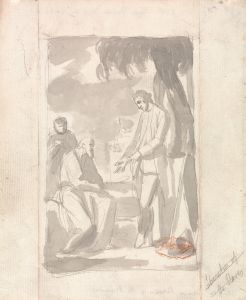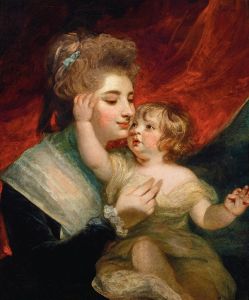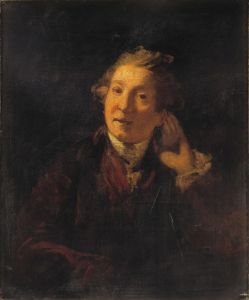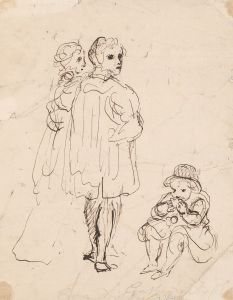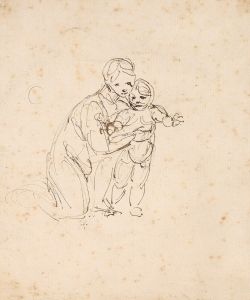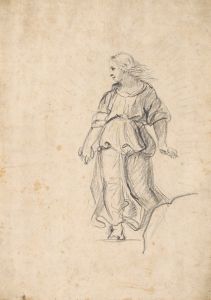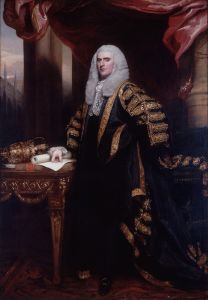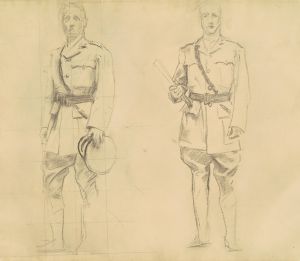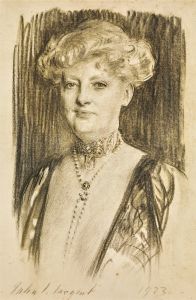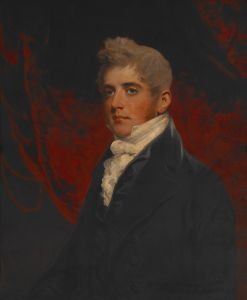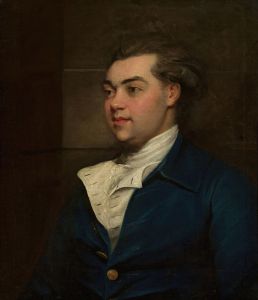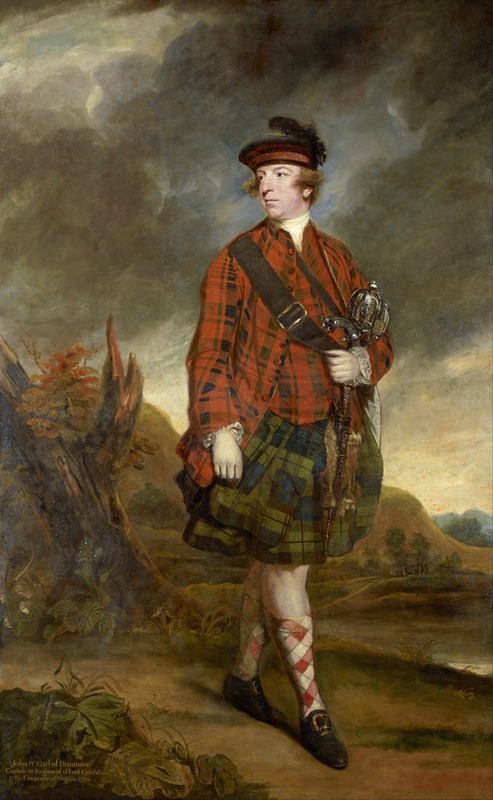
John Murray, 4th Earl of Dunmore
A hand-painted replica of Sir Joshua Reynolds’s masterpiece John Murray, 4th Earl of Dunmore, meticulously crafted by professional artists to capture the true essence of the original. Each piece is created with museum-quality canvas and rare mineral pigments, carefully painted by experienced artists with delicate brushstrokes and rich, layered colors to perfectly recreate the texture of the original artwork. Unlike machine-printed reproductions, this hand-painted version brings the painting to life, infused with the artist’s emotions and skill in every stroke. Whether for personal collection or home decoration, it instantly elevates the artistic atmosphere of any space.
Sir Joshua Reynolds, a prominent 18th-century English painter, is renowned for his portraits of notable figures of his time. Among his extensive body of work is the portrait of John Murray, 4th Earl of Dunmore. This painting exemplifies Reynolds' skill in capturing the character and status of his subjects through his adept use of color, composition, and attention to detail.
John Murray, 4th Earl of Dunmore, was a Scottish peer and colonial governor in the American colonies. Born in 1730, he succeeded his father as the Earl of Dunmore in 1756. Dunmore is perhaps best known for his role as the last Royal Governor of Virginia, serving from 1771 to 1775. His tenure was marked by increasing tensions between the British crown and the American colonies, culminating in the American Revolutionary War.
Reynolds' portrait of Dunmore is believed to have been painted in the late 18th century, during a period when the artist was at the height of his career. Reynolds was a founding member and the first president of the Royal Academy of Arts, and his work was highly sought after by the British aristocracy and other influential figures. His portraits are characterized by their grandeur and the way they convey the social standing and personality of the sitter.
In the portrait, Dunmore is depicted with a sense of authority and dignity, reflective of his noble status and his role as a colonial governor. Reynolds' use of light and shadow enhances the three-dimensionality of the figure, while his attention to the textures of clothing and other details adds to the realism and depth of the painting. The background of the portrait is typically subdued, a common feature in Reynolds' work, which serves to focus attention on the subject.
Reynolds often employed a technique known as "Grand Manner" portraiture, which aimed to elevate the subject by incorporating elements of classical art and idealized beauty. This approach is evident in the portrait of Dunmore, where the composition and pose are carefully designed to convey a sense of nobility and timelessness.
The painting of John Murray, 4th Earl of Dunmore, is an important example of Reynolds' work and provides insight into the artistic and cultural values of the period. It reflects the status and aspirations of the British aristocracy during a time of significant political and social change. The portrait remains a valuable piece of art history, illustrating both the skill of Joshua Reynolds and the historical significance of his subjects.
Today, Reynolds' portraits, including that of the 4th Earl of Dunmore, are held in high regard and can be found in various public and private collections. They continue to be studied and appreciated for their artistic merit and their contribution to the understanding of 18th-century British society.





